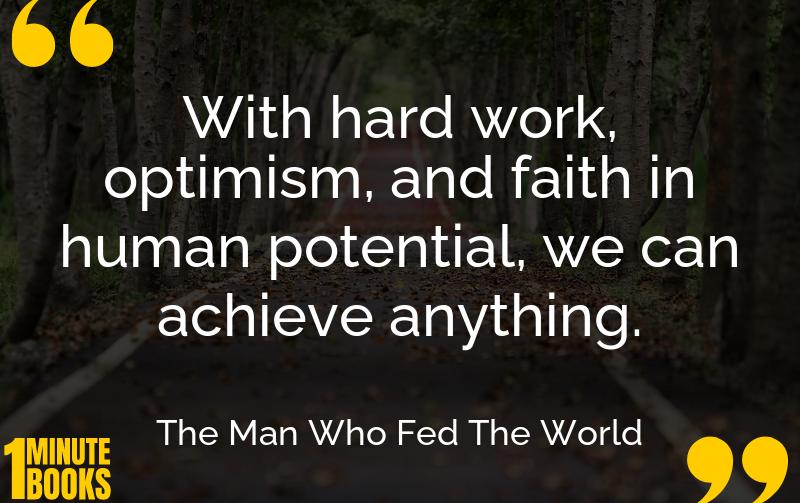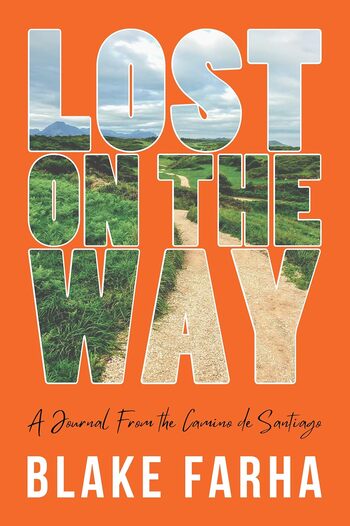
The book narrates the life and work of Norman Borlaug, who revolutionized agriculture to end world hunger, emphasizing innovation, collaboration, and advocacy.
Main Lessons
- Norman Borlaug’s humble beginnings in Iowa instigated his relentless pursuit to fight hunger globally.
- His agricultural innovations, including high-yield wheat strains, powered the ‘Green Revolution’, transforming food production worldwide.
- Collaboration with farmers and government was crucial in spreading his agricultural practices and ensuring their success.
- Criticism of his methods focused on the reliance on chemical fertilizers, yet the impact on saving lives was undeniable.
- Borlaug’s approach highlighted the importance of a bottom-up strategy, empowering young scientists for lasting impact.
- Biotechnology was seen by Borlaug as a crucial tool to combat food scarcity, despite regulatory challenges.
- His advocacy pushed for policy changes, emphasizing the importance of reducing governmental red tape that hindered agricultural progress.
- Borlaug taught that maintaining farmer respect and understanding was vital for implementing scientific advancements.
- The Nobel laureate’s legacy stresses continuity in agricultural research to prevent future hunger crises.
- His work proved the potential of international cooperation to tackle global issues like hunger and malnutrition.
- Borlaug’s foresight regarding overpopulation and hunger emphasized the need to combine efforts across disciplines for sustainable solutions.
- His life story is a testament to the power of determination, directness, and the ability to unite diverse groups for common goals.








